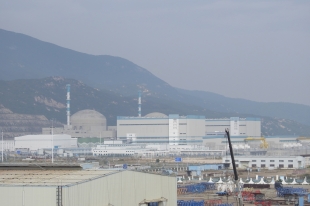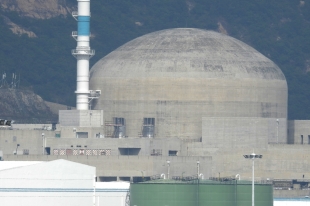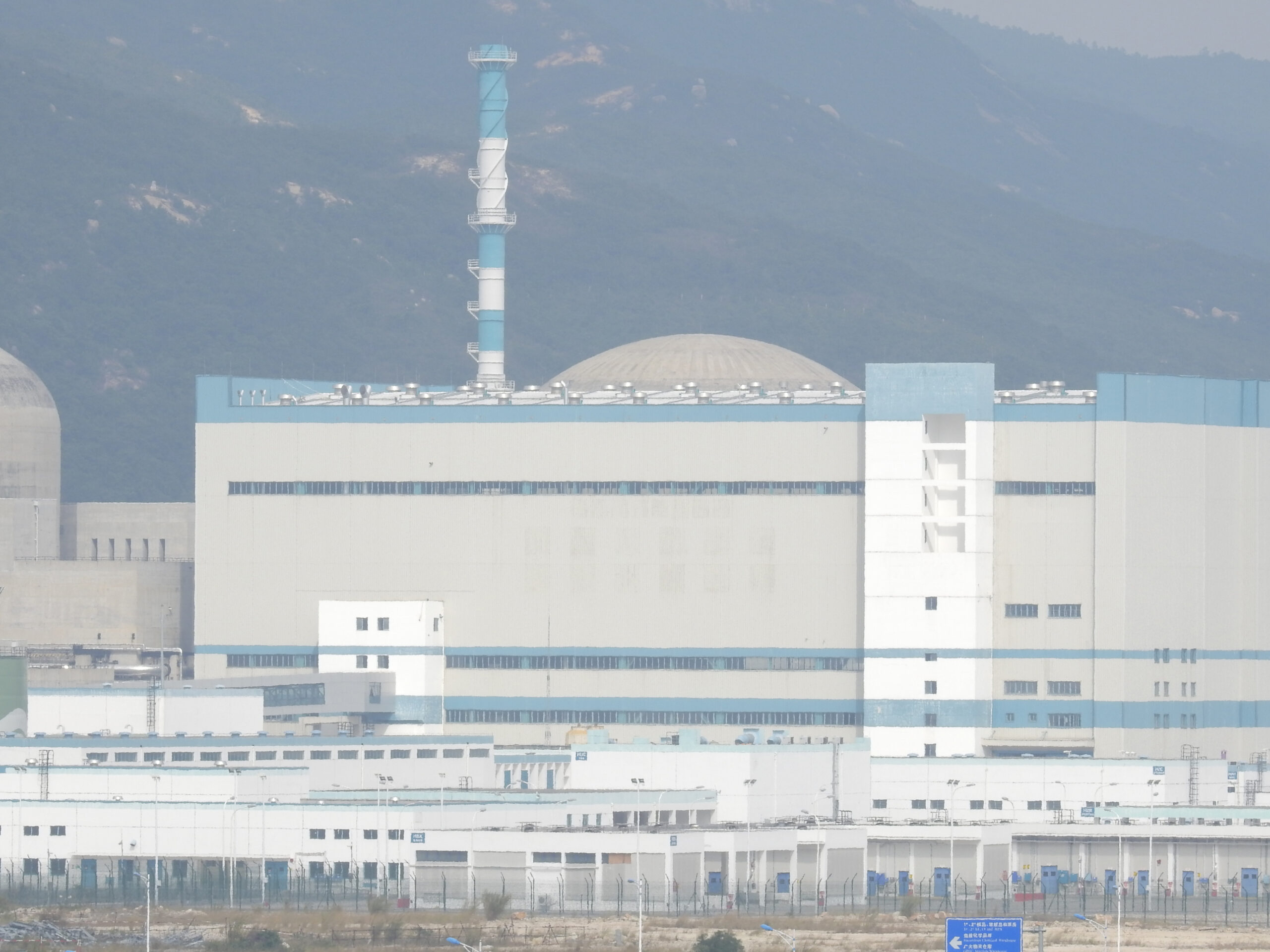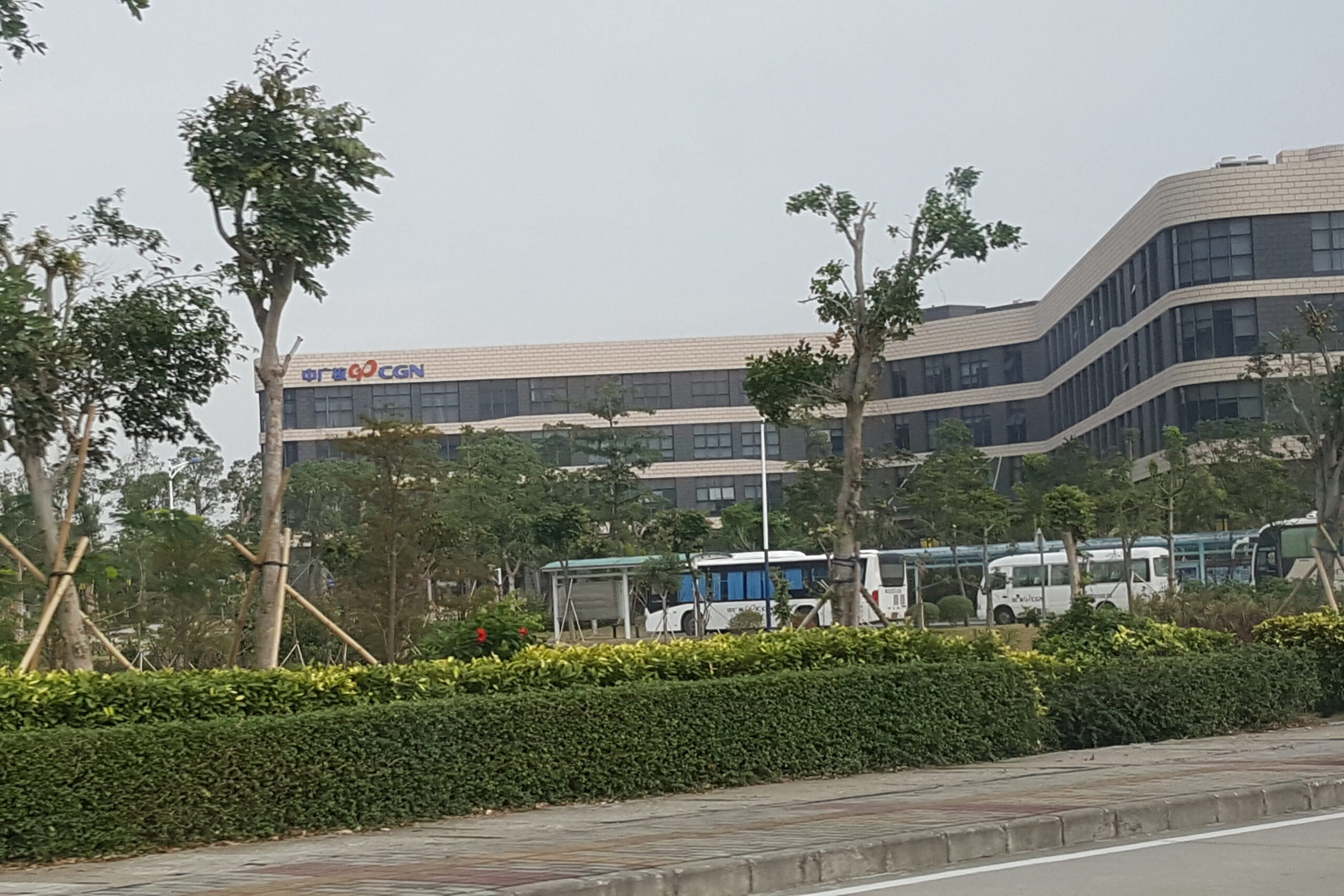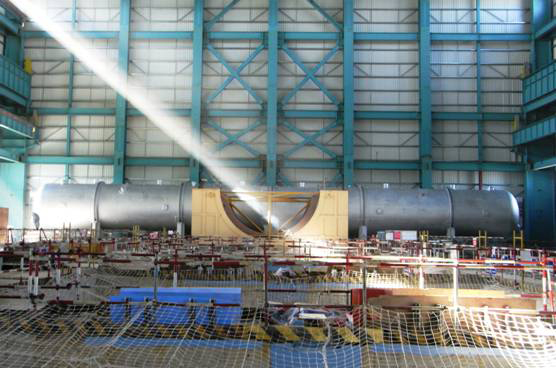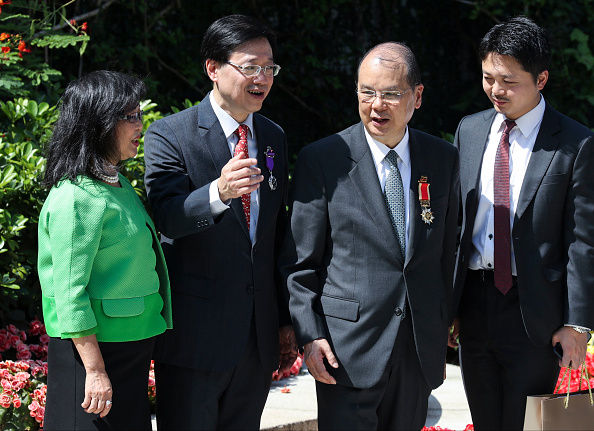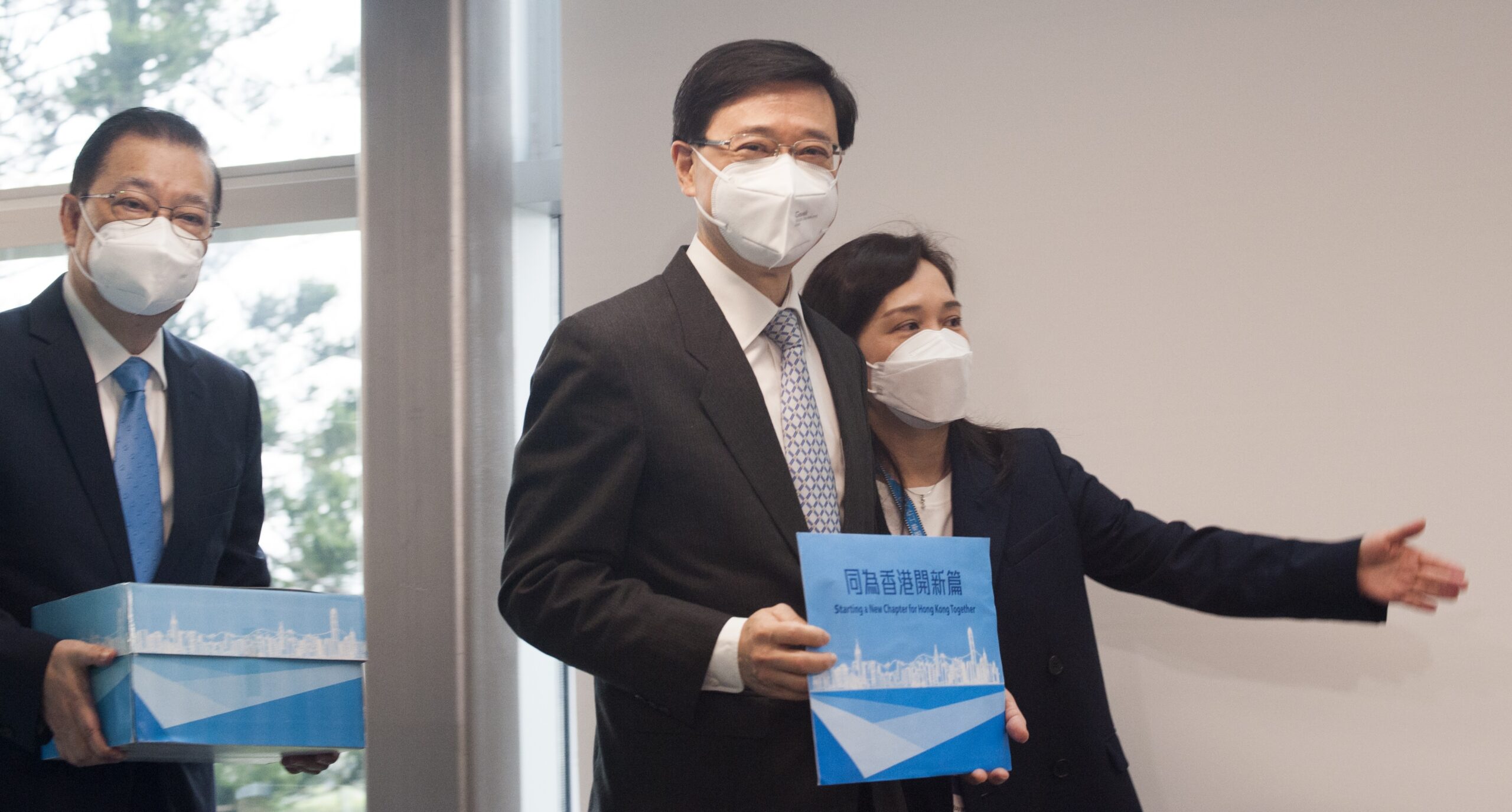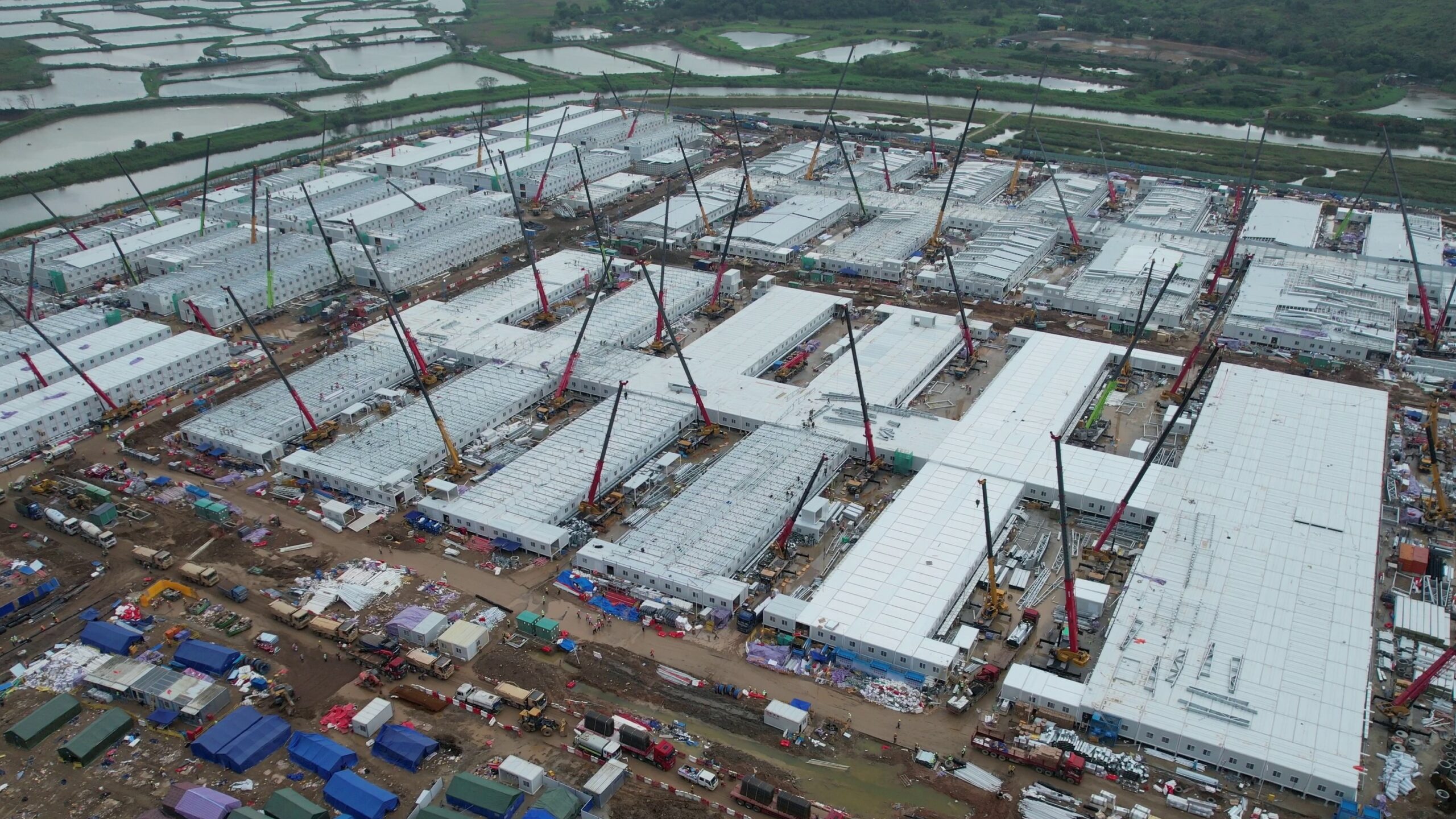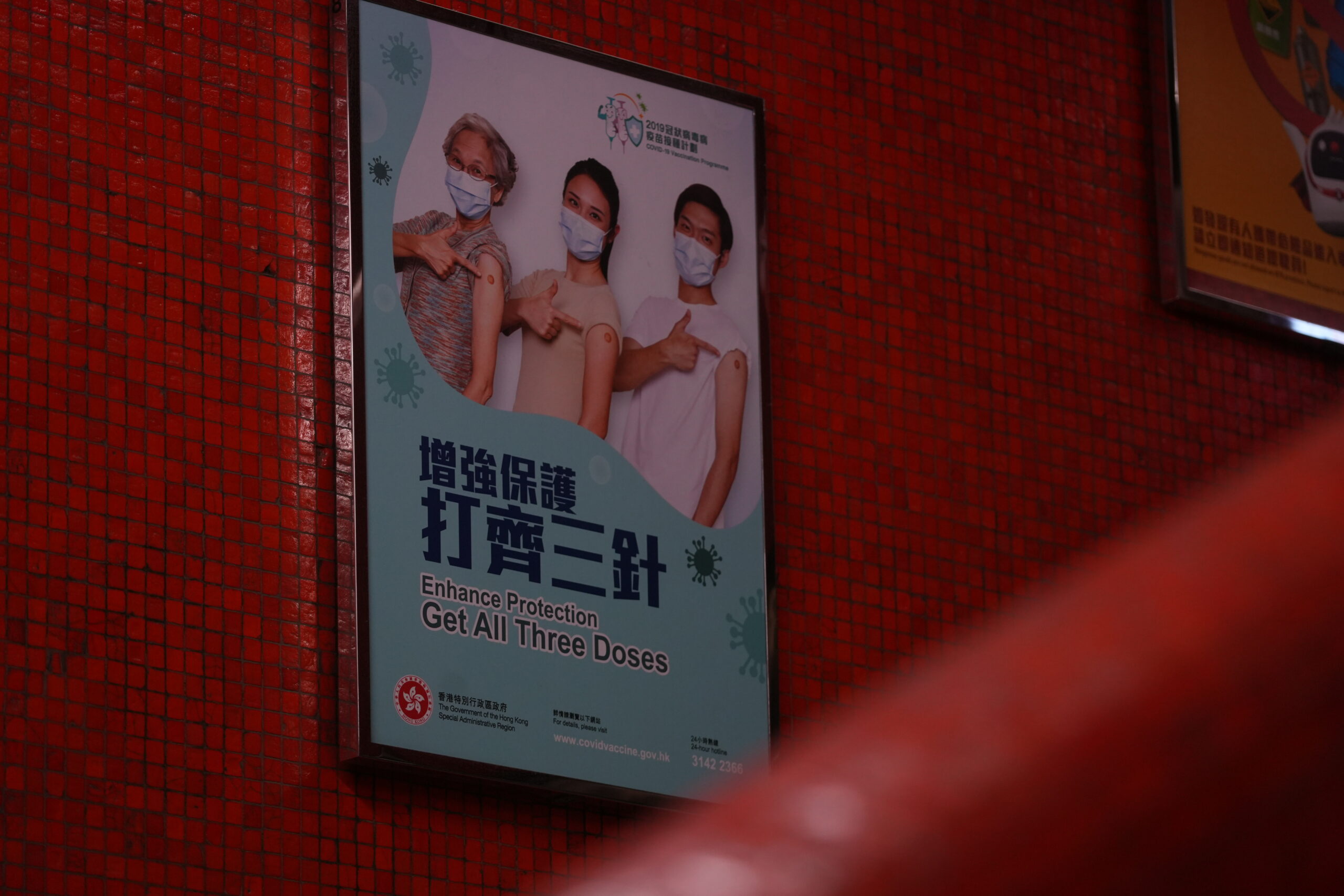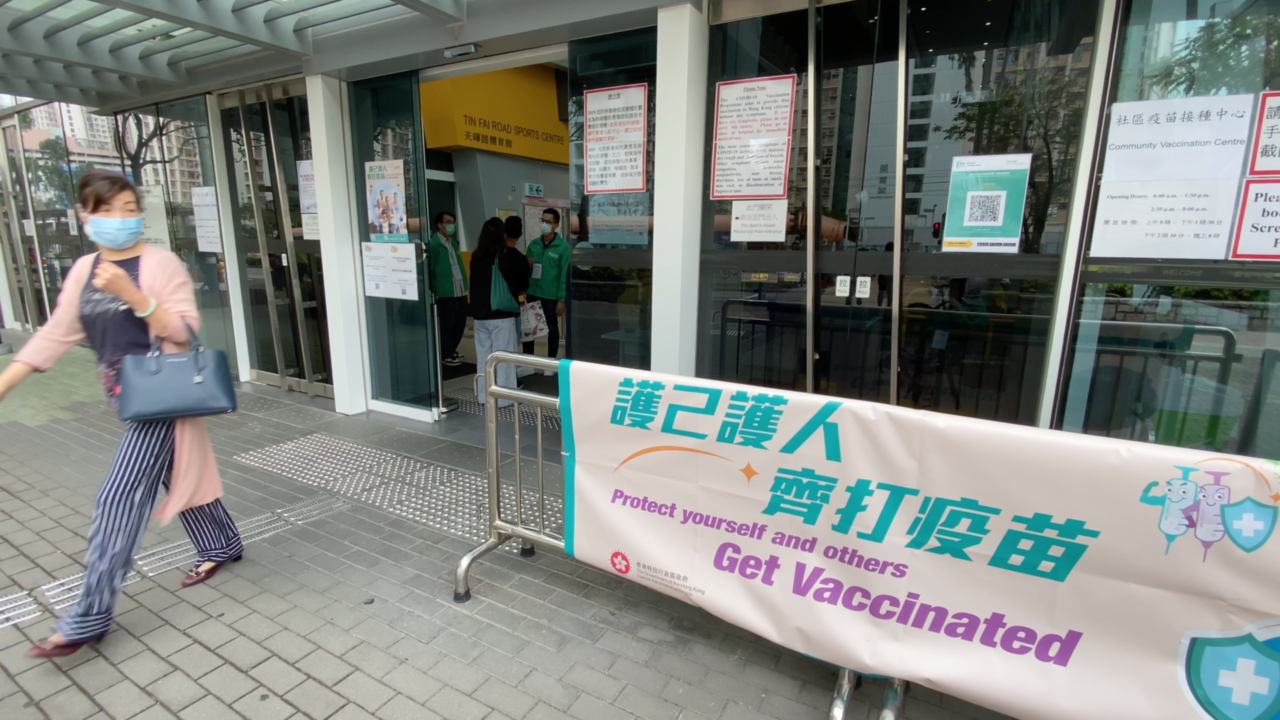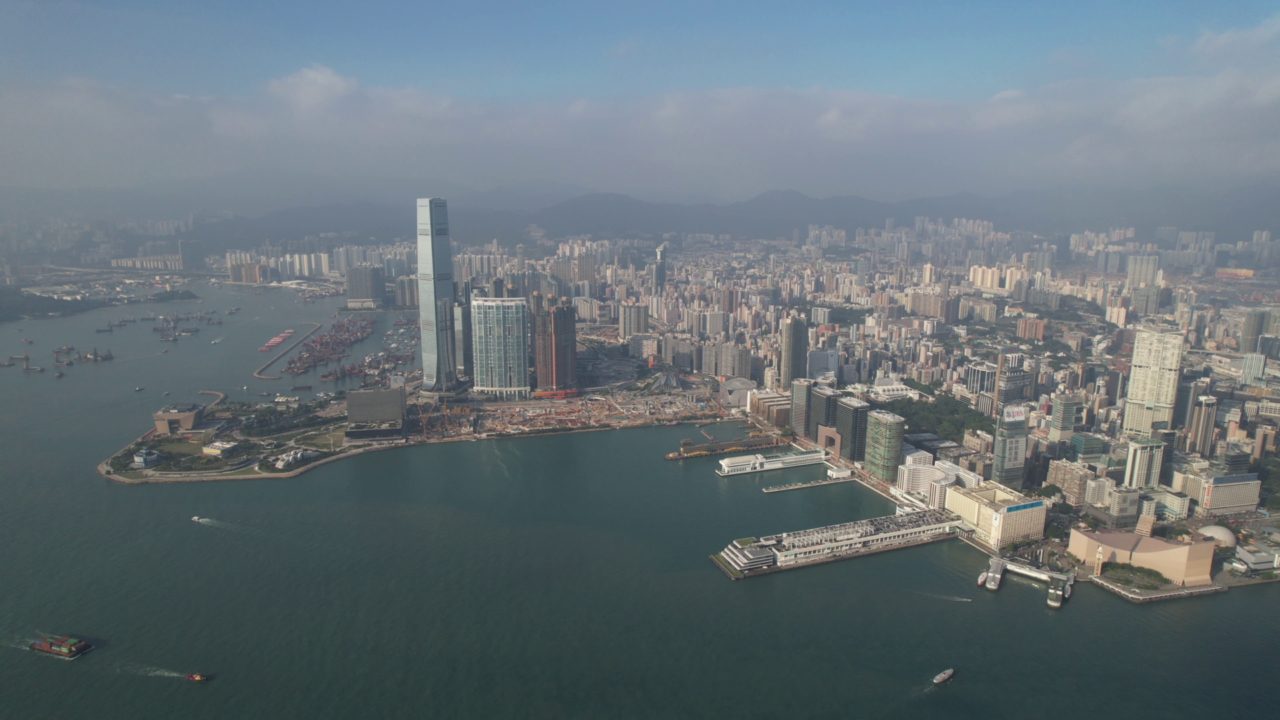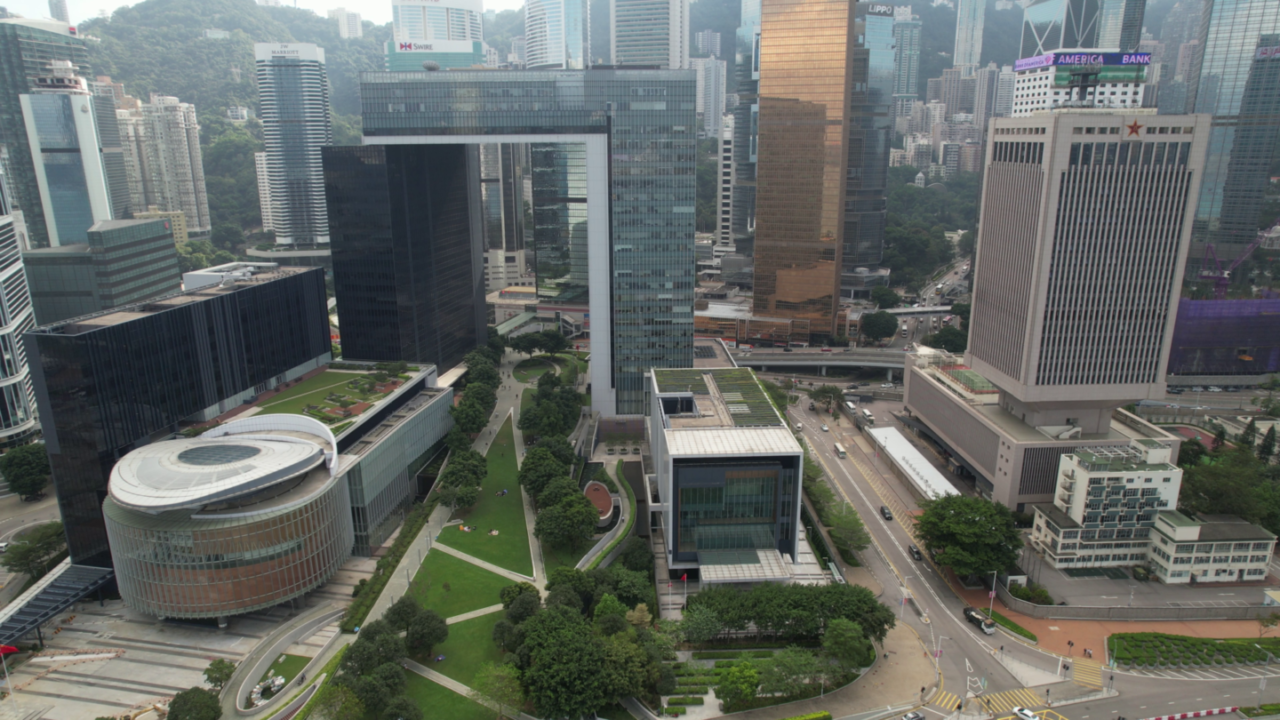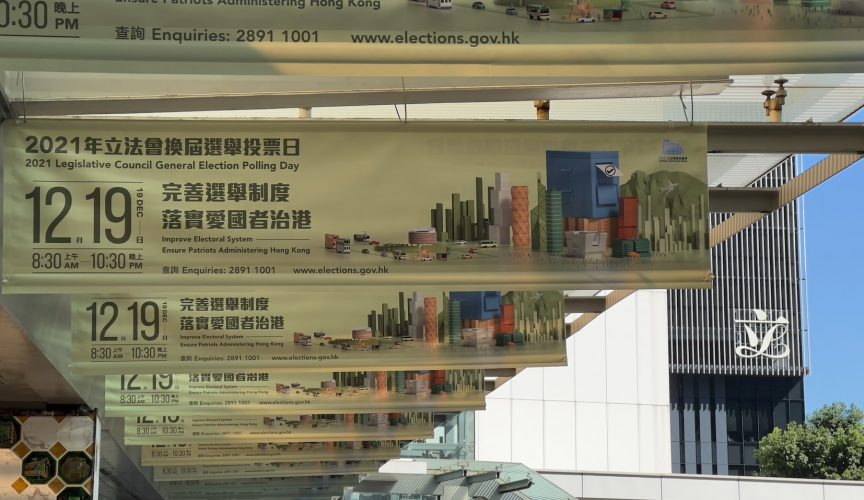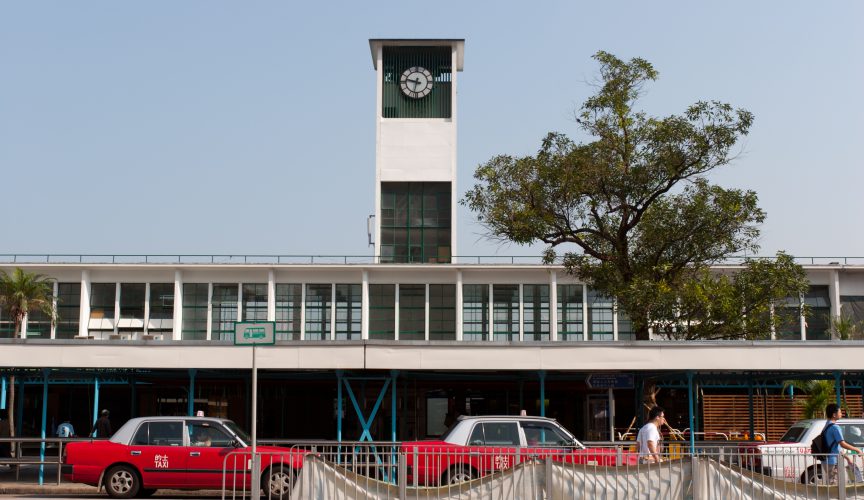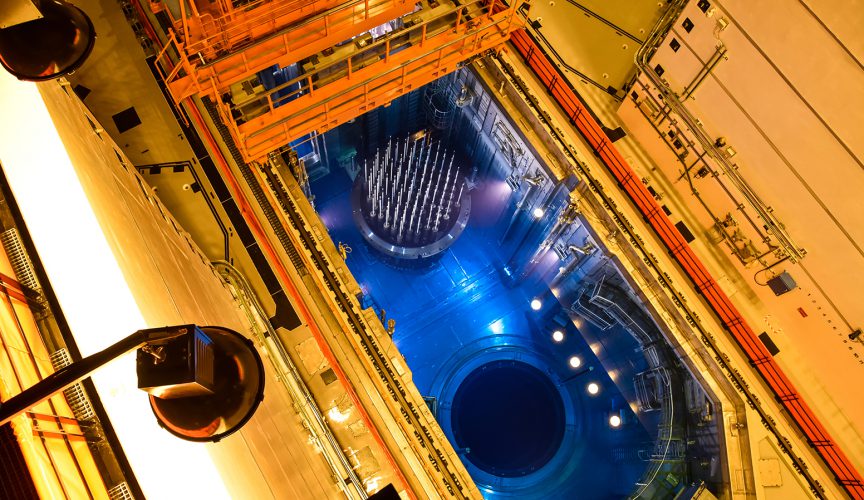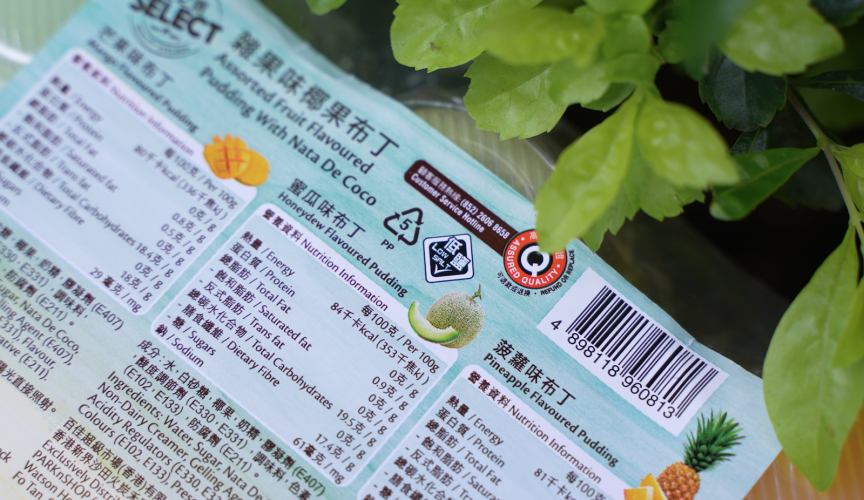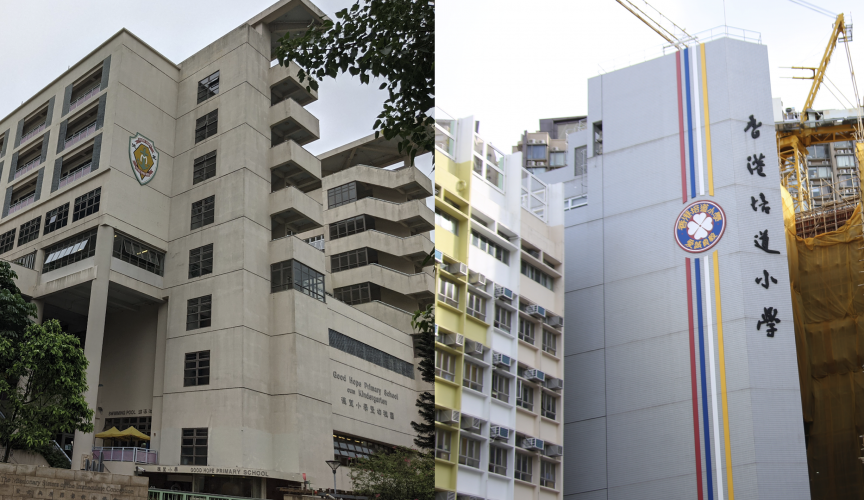The revelation comes amid worries about further delays for the project
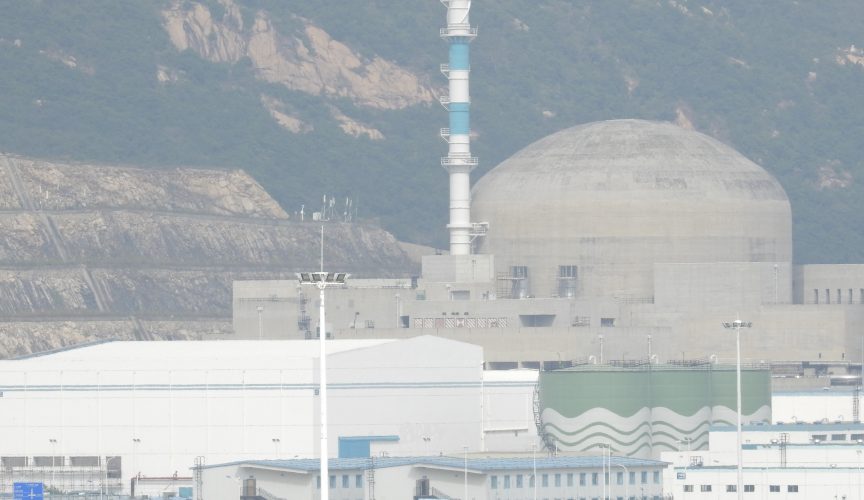
A component of Taishan nuclear power plant – which is 130km west of Hong Kong – cracked during performance tests amid safety concerns and worries about further delays, FactWire has learnt from multiple reliable sources.
State-owned China General Nuclear Power Corporation (CGN) entered a joint venture with French utility Électricité de France (EDF) and began building the plant in 2009, but its completion has been repeatedly delayed.
CGN Power, a Hong Kong-listed subsidiary of CGN, has previously said in an operational briefing document and the 2017 interim report that Taishan Unit 1 had entered the stage of hot functional testing and would be ready for commercial operation by the end of 2017.
However, a ‘boiler’ in Unit 1 appeared to have cracked during functional testing and must be replaced, according to a nuclear plant employee.

He also told FactWire undercover reporters when they visited the site last month that representatives from Harbin Electric, the Chinese manufacturer of the ‘boiler’, came to the plant for a week in late October to discuss with the plant operator, Taishan Nuclear Power Joint Venture, a plan to replace the faulty ‘boiler’.
A ‘boiler’ is a device used to create steam by adding heat energy to water. Several components of the nuclear reactors in Taishan fit this definition, including reactor pressure vessel, steam generator, moisture separator reheater, low pressure heater, high pressure heater and deaerator. Only the deaerator was produced in Harbin.

As a key component and a secondary coolant loop equipment, a deaerator removes dissolved oxygen by adding heat to water. The deaerated water then travels to the steam generator and be compressed into high-pressure steam, which can used to generate electricity.
According to documents from CGN, the deaerator of Taishan Unit 1 is 46.6 metres in length and 4.76 metres in diameter. It was broken into three smaller parts for shipment and then assembled on site by welding them together. It also needs to go through a waterproof test to ensure there are no cracks or water leaks before it goes into operation.
In 2008, a consortium of Dongfang Electric and French manufacturer Alstom won a contract to supply several components for Taishan Unit 1. The consortium then subcontracted the manufacturing of the deaerator to Harbin Boiler, a subsidiary of Hong Kong-listed Harbin Electric. General Electric acquired Alstom’s power and grid businesses in 2015.
Last week, a Dongfang Electric engineer also confirmed to FactWire that the deaerator was supplied by Harbin Electric and the welding on the deaerator was ‘problematic’.
The National Nuclear Safety Administration of China stipulates that a nuclear plant must seek permission from the agency before loading fuel assemblies to conduct tests. But public records show that Taishan Unit 1 has yet to received such permit.
Dongfang Electric, General Electric, Harbin Boiler and Harbin Electric did not respond to FactWire’s requests for comment.
CGN admitted on Tuesday afternoon that there were ‘partial defects’ in the welding of the deaerator but insisted ‘replacement work was near completion’.
Update: This story has been updated at 6:14pm on 12 December to include a response from China General Nuclear Power Corporation.
This story has been republished or cited by:

